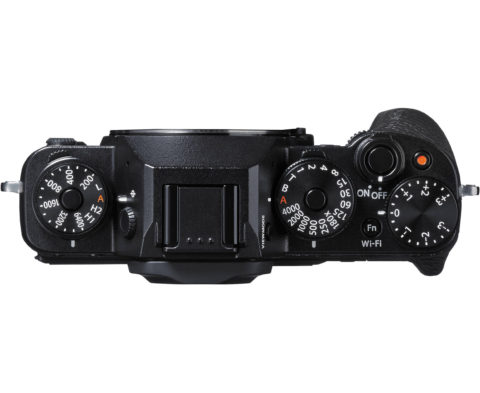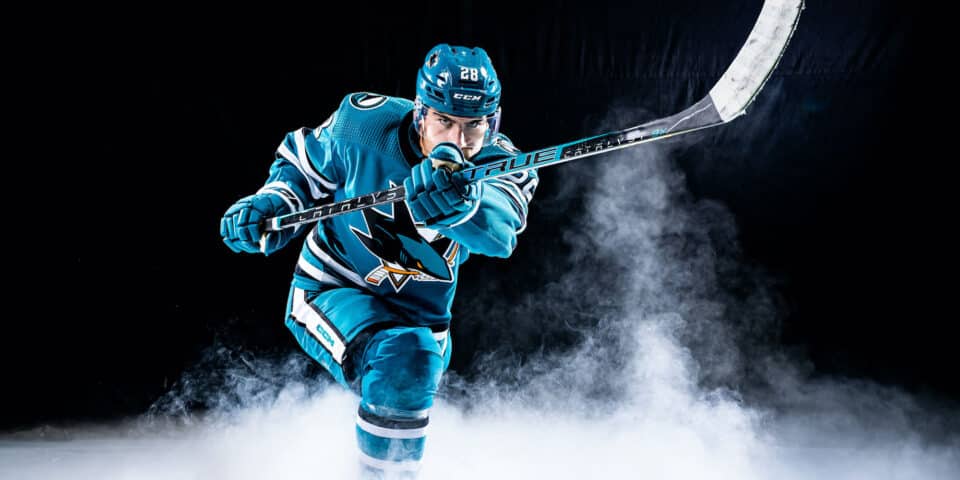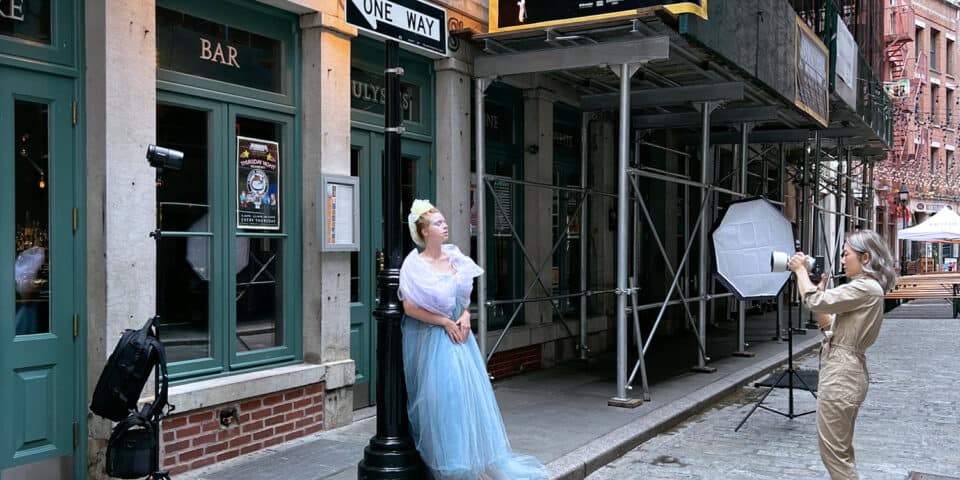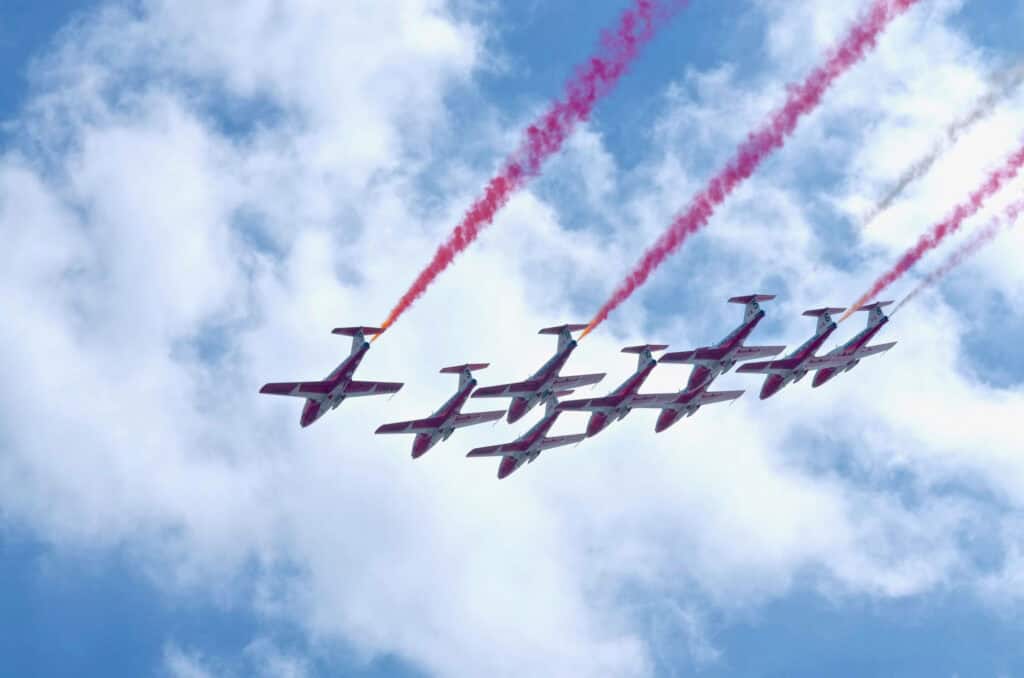
Airshow Photography: Capturing the thrill and spectacle of an airshow is no easy feat, but with the right gear, techniques, and a bit of practice, you can freeze those high-flying moments in stunning detail.
Whether you’re a beginner just getting started or an experienced photographer looking to perfect your craft, this guide will help you take your airshow photography to new heights.
Choosing the Right Camera for Airshow Photography
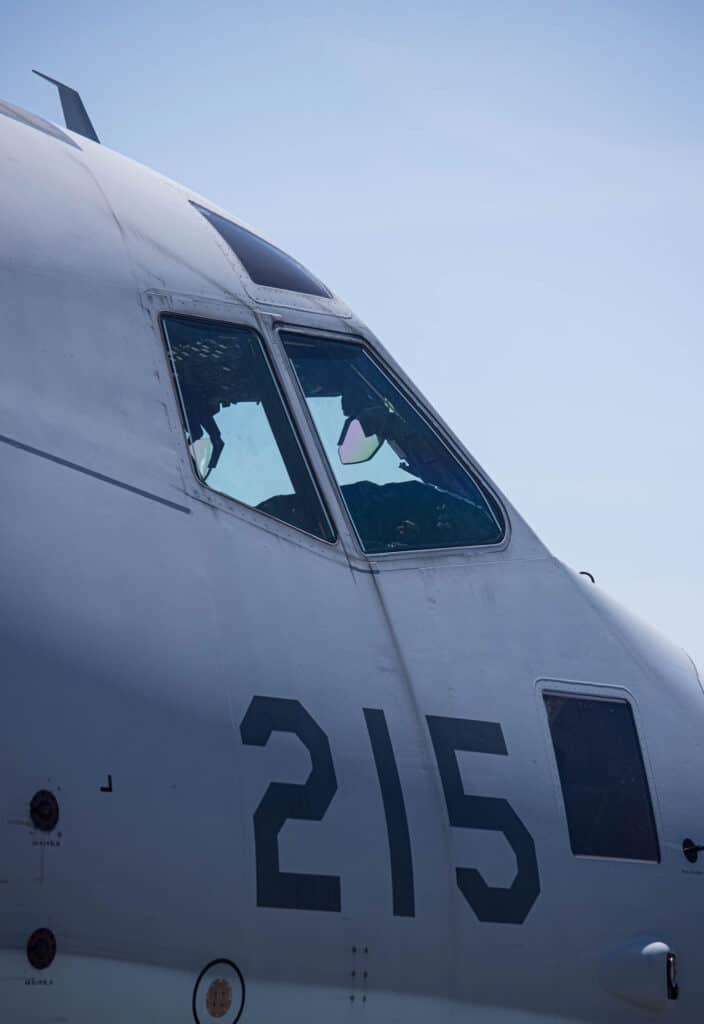
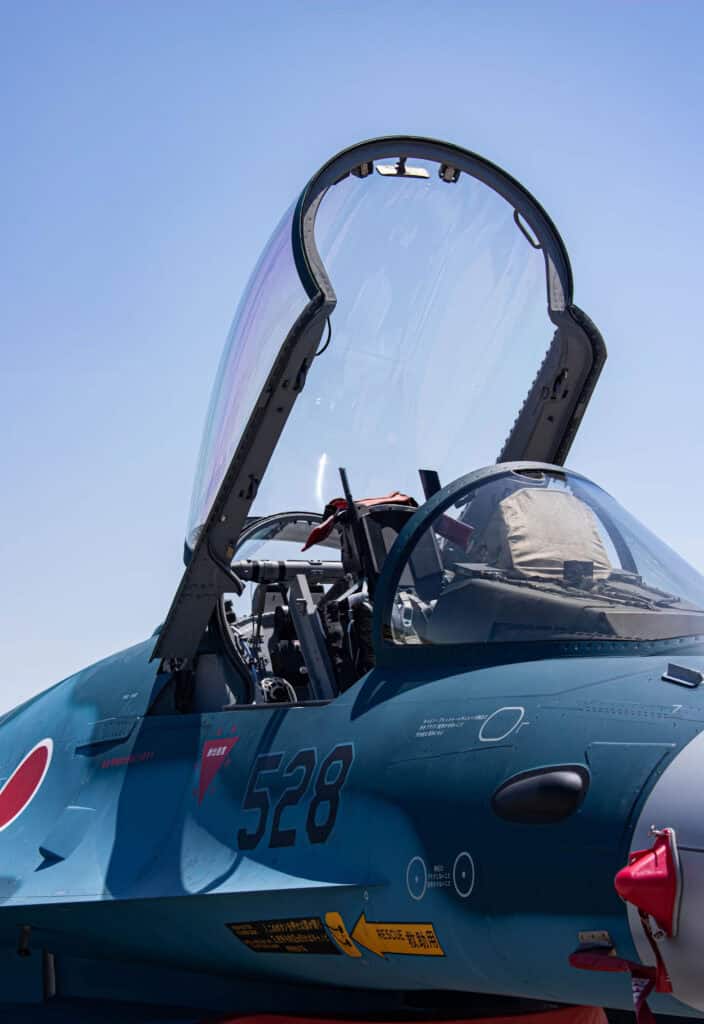
Airshows are fast-paced and full of action, making it essential to have a camera that can keep up. This is where Mirrorless Cameras show their strength. With hyper fast auto focus, and shutter speeds up to 15 FPS (frames per second) – the cameras can capture fast moving moments with accuracy and precision.
For beginners, the Canon EOS R100 with RF-S 18-45mm and 55-210mm Lenses, or the Nikon Z50 and the Sony Alpha A6100 with 16-50mm & 55-210 Lens are excellent choices. These cameras offer user-friendly features and solid image quality, and quick frame rates allowing you to capture the essence of the show without getting bogged down by complex settings.
Features of each camera:
- Canon EOS R100
- Includes 18-45mm and 55-210mm lenses for for full flexibility
- 24.1 Megapixel with 60FPS 4K Video + 120FPS Slow Motion
- Large sensor for low-light
- Continuous shooting up to 6.5 shots per second (to catch that perfect moment)
- Creative filters built in
- Nikon Z50
- 20.9 Megapixel CMOS Sensor with 4K Ultra HD & 120 FPS at 1080p
- Creative filters built-in
- Large lens mount to fit most Nikon lenses
- Built in video trimming
- Sony Alpha A6100
- Includes a 50mm and 55-210mm Lens for full flexibility
- 24.2MP CMOS Sensor with 4K and 120FPS Slow Motion in full HD.
- Shoot up to 11 frame per second
- Focus magnifier for precise focus adjustment
- Creative Style & Picture Effects
For more advanced photographers, stepping up to something like the Sony Alpha A7 IV, the Canon EOS R6 MkII or the Nikon Z f will give you greater control over your images. These mirrorless cameras provide faster autofocus, higher resolution, and improved image stabilization, all of which are crucial when tracking fast-moving planes across the sky.
- Sony Alpha A7 IV
- Full-frame hybrid camera
- 33MP back illuminated CMOS image sensor
- 5-axis optical image stabilization
- Smart AI-based real-time tracking
- ISO range 100-51,200
- 10 FPS continuous shooting
- Canon EOS R6 MkII
- Full-frame mirrorless camera
- 24.2MP CMOS
- ISO Range of 100-102,400
- Raw Burst pre-shooting captures 30FPS before click
- Automatic smart subject detection
- 6K oversampled 4K movies up to 60FPS
- In-body image stabilizer
- Nikon Z f
- Full-frame mirrorless camera
- Autofocus built from deep learning technology
- Subject recognition with 3D tracking (including planes)
- Up to 30 FPS high-speed capture
- Pre-Release Capture (up to 30FPS before shutter is pressed)
- Wide ISO range of 100-64,000
- 4K/60P Video & 4K 1080 Slow Motion
Lenses for Airshow Photography: Getting Up Close and Personal
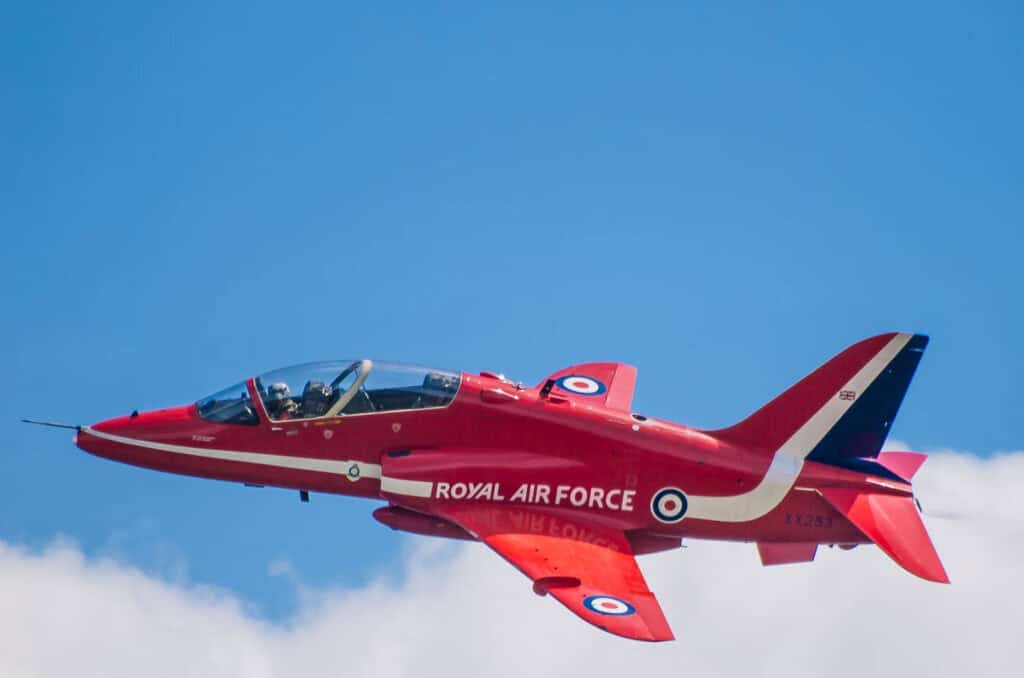
Your choice of lens can make all the difference when shooting an airshow. A versatile telephoto zoom lens like the Canon EF 100-400mm f/4.5-5.6L IS II or the Nikon 200-500mm f/5.6E ED VR will allow you to zoom in on the action, capturing planes in sharp detail even from a distance. These lenses are perfect for close-ups of aircraft in flight, letting you isolate subjects against the expansive sky.
Wide-angle lenses, such as the Sony FE 16-35mm f/2.8 GM or the Canon RF 15-35mm f/2.8L IS USM, are ideal for capturing the broader scene, including the crowd, the runway, and multiple planes in formation. These lenses help create dynamic compositions that convey the scale and excitement of the event.
Don’t forget about telephoto prime lenses. These are fixed magnified lenses that are used by professionals. Telephoto prime lenses offer exceptional image quality and sharpness, making them ideal for capturing distant subjects with precision, especially in challenging lighting conditions.
Camera Settings: Dialling in the Perfect Shot
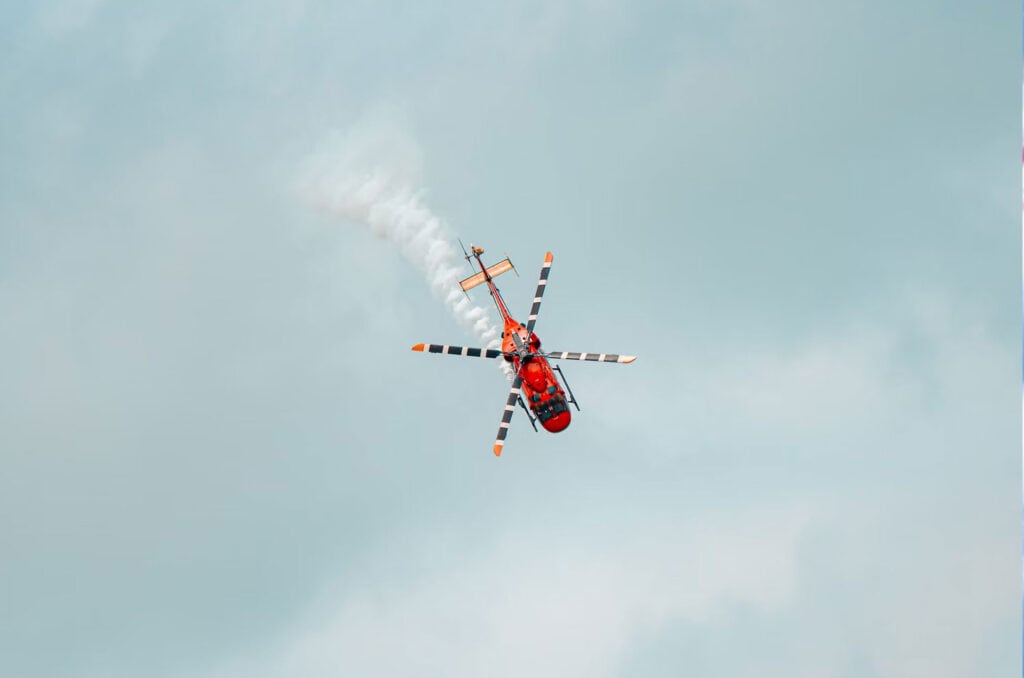
Getting the right shot at an airshow often comes down to your camera settings. Start by setting your camera to Shutter Priority mode and select a fast shutter speed—1/1000th of a second or faster—to freeze the motion of the planes. If you’re trying to capture the blur of a propeller, a slower speed like 1/250th of a second might be more appropriate.
For ISO, start low (around 100-400) to maintain image quality, and adjust as needed depending on the lighting conditions. Keep an eye on your aperture as well; a smaller f-stop (f/8 to f/11) will help ensure that your entire subject is in focus, especially when shooting multiple planes in formation.
Remember to use Continuous Autofocus (AI Servo on Canon, AF-C on Nikon/Sony) to track the planes as they move across the sky. This setting will adjust focus as the aircraft change distance, keeping them sharp throughout the shot.
Extra Gear to Enhance Your Airshow Photography
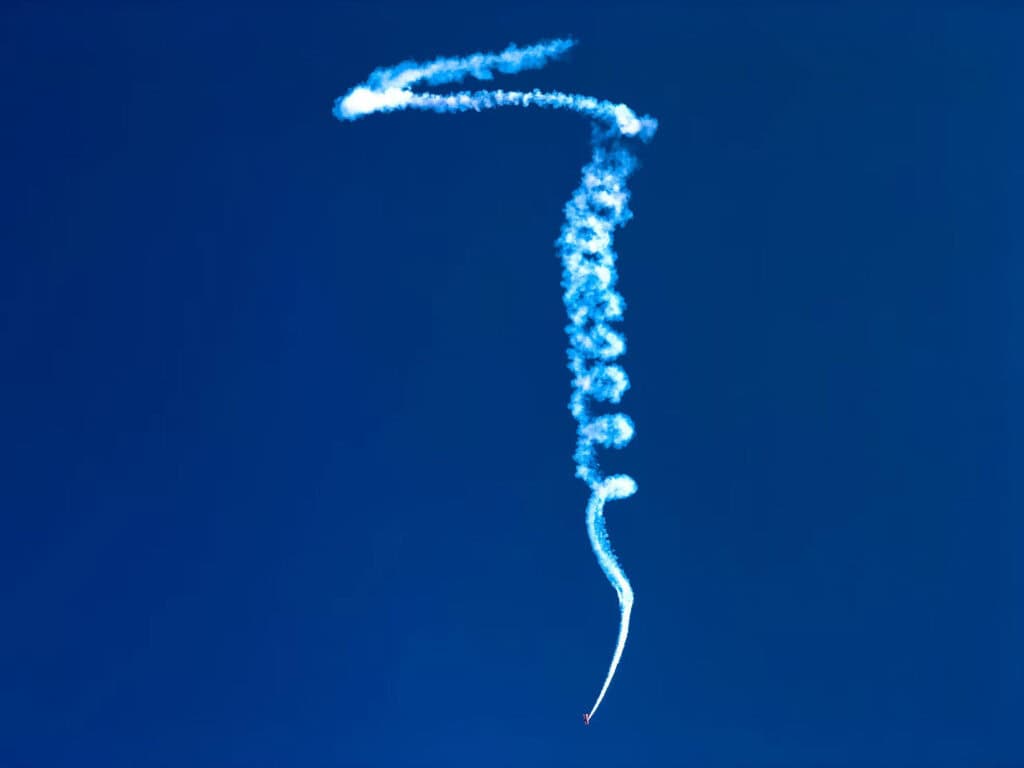
In addition to your camera and lenses, a few extra pieces of gear can make a significant difference in your airshow photography.
- Tripod: While airshows often require handheld shooting to follow the fast action, a sturdy tripod like the Manfrotto BeFree can be invaluable for capturing static displays or long-exposure shots of nighttime shows.
- Lens Filters: Consider using a polarizing filter to reduce glare from the sun and enhance the contrast of the sky. An ND filter can also be useful if you’re shooting long exposures during the day.
- Camera Bag: Protecting your gear from the elements is crucial, especially during outdoor events. A weatherproof camera bag with easy access compartments, like those from Peak Design, will keep your gear safe and organized.
- Extra Batteries and Memory Cards: Airshows can be long events, and you’ll be shooting a lot. Pack plenty of extra batteries and high-speed memory cards to ensure you don’t miss a shot.
Tips and Tricks: Making the Most of the Event
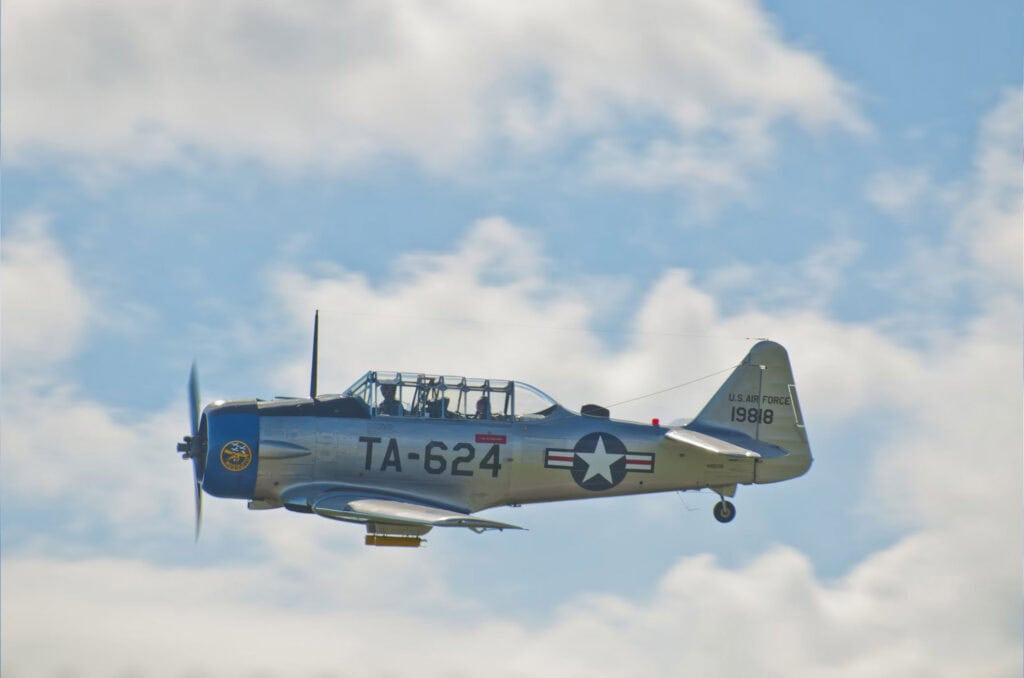
- Arrive Early: Get to the event early to scout out the best shooting locations. You’ll also have the opportunity to photograph static displays before the crowds arrive.
- Plan Your Shots: Airshows have scheduled performances, so use the program to plan where and when you’ll need to be in position. Knowing the routine can help you anticipate the best moments to capture.
- Use Panning: For dynamic motion shots, practice panning with your camera. This technique involves moving the camera along with the subject’s movement, resulting in a sharp subject against a blurred background, conveying a sense of speed.
- Stay Hydrated: Airshows can be exhausting, especially in the summer heat. Bring plenty of water and take breaks to stay focused and alert.
- Experiment with Angles: Don’t just shoot from eye level. Try getting low to the ground or finding an elevated position for more unique perspectives.
Air Show Photography Challenges
Photographing an airshow presents unique challenges that go beyond typical photography. One of the primary hurdles is the sheer speed and unpredictability of the aircraft, which requires quick reflexes and precise timing to capture the perfect shot.
The dynamic nature of airshows also means constantly shifting lighting conditions as planes move in and out of the sun’s glare or pass through clouds, demanding rapid adjustments to your camera settings.
Additionally, shooting against a bright sky can create exposure challenges, making it tricky to balance the light on your subject without overexposing the background.
Finally, the crowded, outdoor environment of airshows means dealing with potential obstacles like weather changes, dust, and the need to move quickly through packed spectator areas to get the best vantage points.
Overcoming these challenges requires not only technical skill but also patience, adaptability, and a solid understanding of your equipment.
The Ultimate Challenge: Capture the Perfect Formation
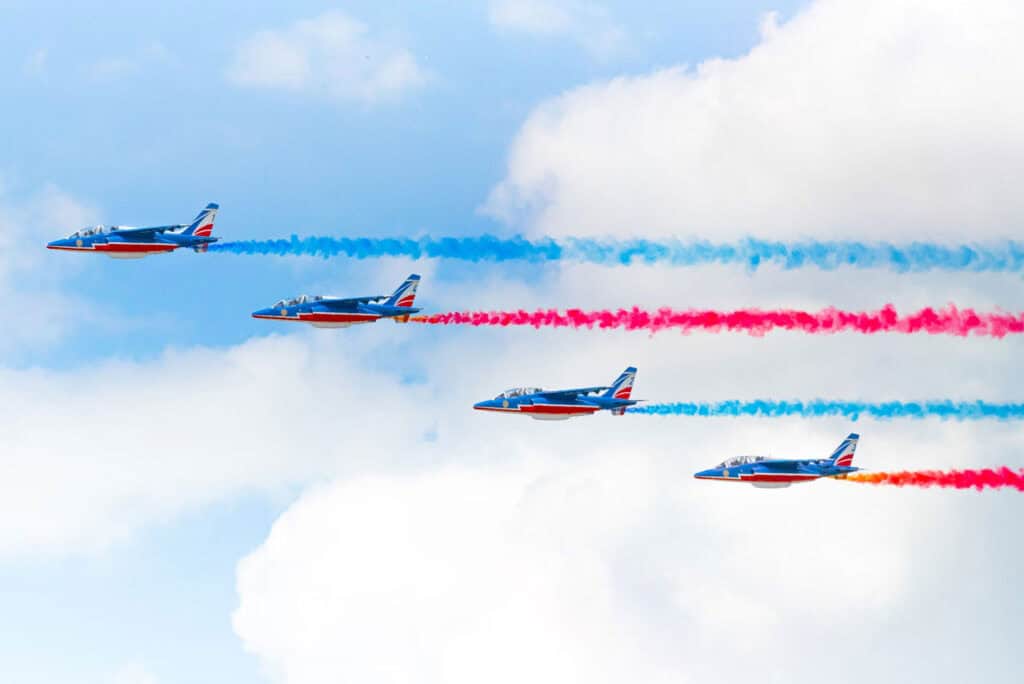
For those looking to take their skills to the next level, challenge yourself to capture a formation flight perfectly. Focus on timing, composition, and keeping the entire formation in sharp focus. Share your best shots with @HenrysCamera on social media for a chance to be featured!
With these tips, tricks, and gear recommendations in hand, you’ll be well on your way to capturing stunning airshow photos that showcase the thrill and beauty of aviation.
Explore More





